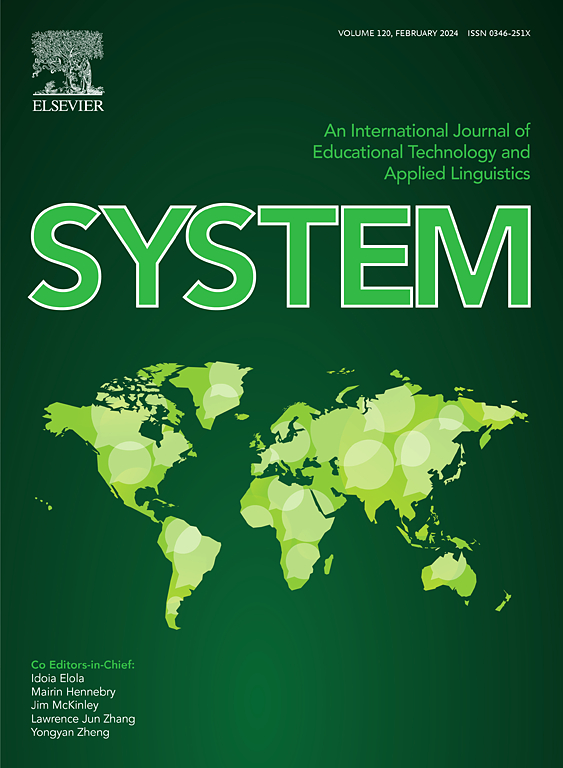Increased maternal consumption of methionine as its hydroxyl analog improves placental angiogenesis and antioxidative capacity in sows
IF 6.5
1区 农林科学
Q1 Agricultural and Biological Sciences
引用次数: 0
Abstract
Previous evidence suggests that methionine (Met) consumption can promote placental angiogenesis and improve fetal survival. To investigate the mechanisms by which increased levels of Met as hydroxyl-Met (OHMet) improve placental function, forty sows were divided into four groups and fed either a control diet, or diets supplemented with 0.15% OHMet, 0.3% OHMet or 0.3% Met (n = 10). Placentas were collected immediately after expulsion, and extracted proteins were analyzed by tandem mass tag based quantitative proteomic analysis. We found that 0.15% OHMet consumption significantly increased placental vascular density compared with the control. Proteomic analysis identified 5,136 proteins, 87 of these were differentially expressed (P < 0.05, |fold change| > 1.2). Enriched pathways in the Kyoto Encyclopedia of Genes and Genomes for 0.15% OHMet vs. control and 0.15% OHMet vs. 0.3% OHMet were glutathione metabolism; for 0.15% OHMet vs. 0.3% Met, they were NOD-like receptor signaling and apoptosis. Further analysis revealed that 0.15% OHMet supplementation upregulated the protein expression of glutathione-S-transferase (GSTT1) in placentas and trophoblast cells compared with the control and 0.3% OHMet groups, upregulated thioredoxin (TXN) in placentas and trophoblast cells compared with the 0.3% OHMet and 0.3% Met groups, and decreased reactive oxygen species (ROS) levels in trophoblast cells compared with other groups. In contrast, sows fed 0.3% OHMet or 0.3% Met diets increased placental interleukin 1β levels compared with the control, and upregulated the protein expression of complex I-B9 (NDUFA3) compared with the 0.15% OHMet group. Furthermore, homocysteine, an intermediate in the trans-sulphuration pathway of Met, damaged placental function by inhibiting the protein expression of TXN, leading to apoptosis and ROS production. Although dietary 0.15% OHMet supplementation improved placental angiogenesis and increased antioxidative capacity, 0.3% OHMet or 0.3% Met supplementation impaired placental function by aggravating inflammation and oxidative stress, which is associated with cumulative homocysteine levels.增加母体消耗蛋氨酸作为其羟基类似物可改善母猪胎盘血管生成和抗氧化能力
先前的证据表明,蛋氨酸(Met)的消耗可以促进胎盘血管生成,提高胎儿存活率。为了研究提高蛋氨酸水平作为羟基蛋氨酸(OHMet)改善胎盘功能的机制,将40头母猪分为4组,分别饲喂对照饲粮和添加0.15% OHMet、0.3% OHMet或0.3% Met的饲粮(n = 10)。胎盘排出后立即收集,提取的蛋白质通过串联质量标签定量蛋白质组学分析进行分析。我们发现0.15%的OHMet消耗量与对照组相比显著增加了胎盘血管密度。蛋白质组学分析鉴定出5136个蛋白,其中87个蛋白差异表达(P 1.2)。京都基因和基因组百科全书中0.15% OHMet vs.对照组和0.15% OHMet vs. 0.3% OHMet的富集途径是谷胱甘肽代谢;0.15% OHMet组和0.3% OHMet组分别为nod样受体信号传导和细胞凋亡。进一步分析发现,与对照组和0.3% OHMet组相比,添加0.15% OHMet组可上调胎盘和滋养细胞中谷胱甘肽- s转移酶(GSTT1)的蛋白表达,与0.3% OHMet和0.3% Met组相比,可上调胎盘和滋养细胞中硫氧还蛋白(TXN)的表达,与其他组相比,可降低滋养细胞中的活性氧(ROS)水平。相比之下,饲粮中添加0.3% OHMet或0.3% Met的母猪胎盘白细胞介素1β水平高于对照组,复合物I-B9 (NDUFA3)蛋白表达上调。此外,同型半胱氨酸(Met反硫途径中的一种中间体)通过抑制TXN的蛋白表达而破坏胎盘功能,导致细胞凋亡和ROS的产生。虽然饲粮中添加0.15%的OHMet可以改善胎盘血管生成并提高抗氧化能力,但添加0.3%的OHMet或0.3%的Met会加重炎症和氧化应激,从而损害胎盘功能,这与累积的同型半胱氨酸水平有关。
本文章由计算机程序翻译,如有差异,请以英文原文为准。
求助全文
约1分钟内获得全文
求助全文
来源期刊

Journal of Animal Science and Biotechnology
AGRICULTURE, DAIRY & ANIMAL SCIENCE-
CiteScore
9.90
自引率
2.90%
发文量
822
审稿时长
17 weeks
期刊介绍:
Journal of Animal Science and Biotechnology is an open access, peer-reviewed journal that encompasses all aspects of animal science and biotechnology. That includes domestic animal production, animal genetics and breeding, animal reproduction and physiology, animal nutrition and biochemistry, feed processing technology and bioevaluation, animal biotechnology, and meat science.
 求助内容:
求助内容: 应助结果提醒方式:
应助结果提醒方式:


